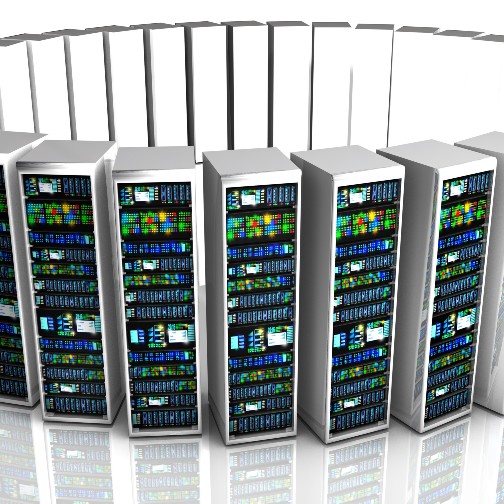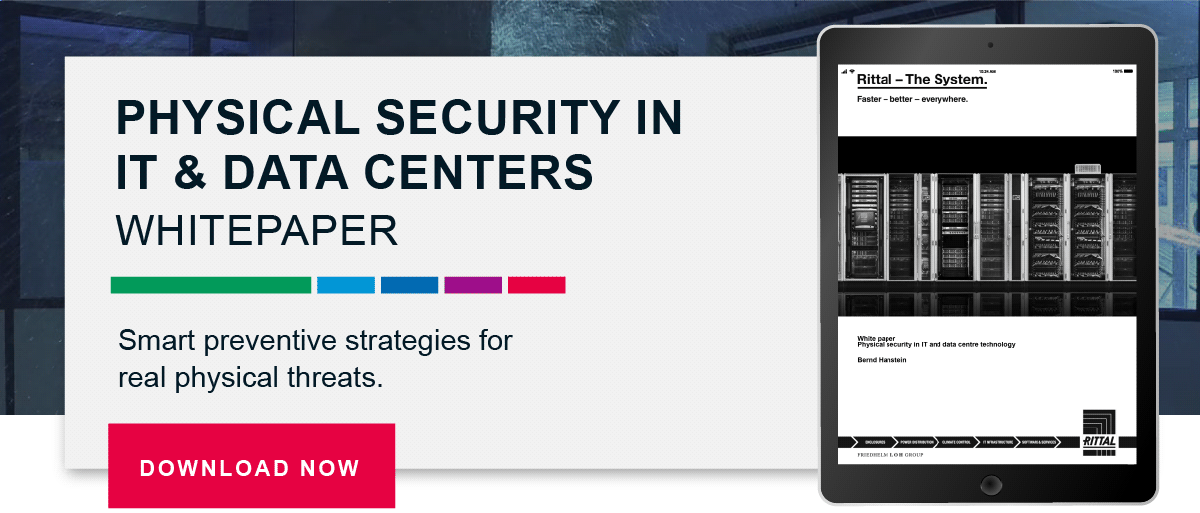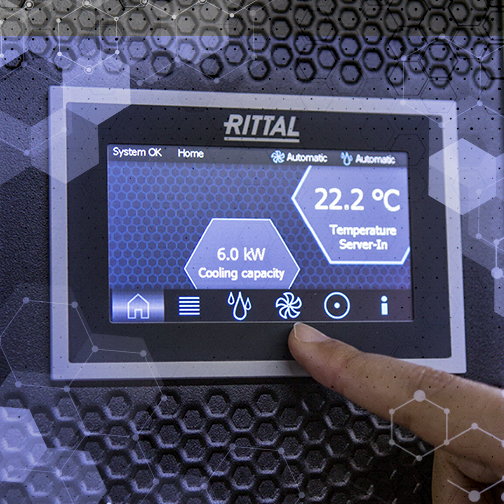How to Choose the Ideal IT Data Center Enclosure
Beyond the basic considerations that are part of an end user’s enclosure selection process for their IT deployment – such as dimensions, weight, and color/finish – are important factors that contribute to the enclosure’s long-term value and performance.
If you’re in the market for IT enclosures and want to be confident that you’re choosing the best for your needs – today’s and those you’ll have in the future – you need to first evaluate a manufacturers’ ability to demonstrate their expertise in these areas:
- Designs that are future-proof. Look for partners whose products are a smart long-term investment – manufacturers that design and build enclosures that allow for easy reconfiguration, as this will significantly improve your ability to future-proof your facility. If scalability is a concern, modular enclosures make it easier to scale quickly because they can be preassembled with the common accessories.
- Highly efficient and reliable heat removal options to fit varying server/rack needs. The heat generated by equipment, especially servers with high densities, can ruin equipment if not properly and reliably cooled (and, conversely, the same can happen when racks are over-cooled), making heat-removal a critical part of the enclosure’s function. The best manufacturers implement advanced technologies that help reduce overall energy costs and ensure optimum uptime.
Select a partner capable of:
- Identifying climate control systems that are matched to the heat output of the equipment
- A high level of reliability, minimizing chance of downtime due to component failure
- Options for scalability both at the rack level and the data center as a whole
Some of the most efficient cooling methods are close-coupled in-row and closed-loop cooling. Both bring cooling closer to the source of heat compared to room-based cooling. And, because closed-loop systems are modular, these can be reconfigured to accommodate new equipment.
- Ease of assembly or installation. As you research enclosure options, a main consideration should be the labor costs associated with performing basic assembly. Second, to take full advantage of system capabilities, the enclosure should provide the maximum amount of internal usable and accessible installation volume. Some manufacturers, such as Rittal, offer enclosures preconfigured with standard accessories, depth-variable 19” rails, casters, cable management, PDU mounting options, and locking front and rear vented doors – some of the most commonly requested features and functionality. With modular enclosures and accessories, you can do many of these things with one-person, simple hand tools, and in many cases no tool, allowing your staff to change things around rapidly as you expand or as specs change.
Data center enclosures are critical components for protecting major investments of computing and networking equipment, making them important investments requiring thoughtful evaluation. As you begin your search for enclosures, choose a manufacturer that delivers the features, functionality and engineering that represent the greatest long-term value to your facility.




